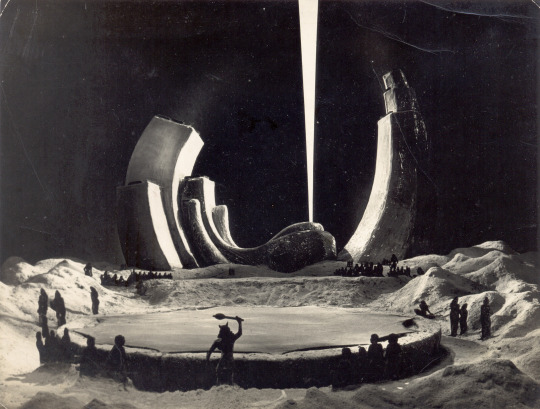Photo

35 notes
·
View notes
Text

Thanatos II by Jacek Malczewski (1899)
48 notes
·
View notes
Photo


Raymond Chandler Covers by Tom Adams
Ballantine Books Paperback Series (1971)
View all 10 covers from the series here.
•••
16 notes
·
View notes
Photo
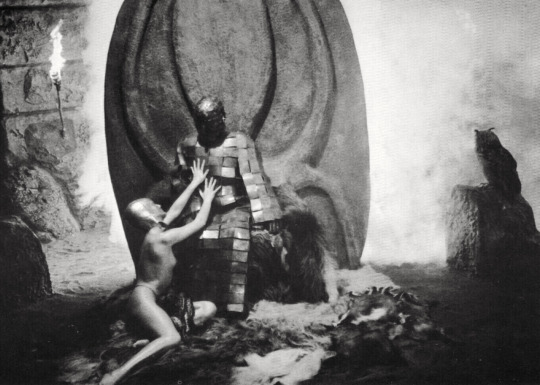
29 notes
·
View notes
Photo
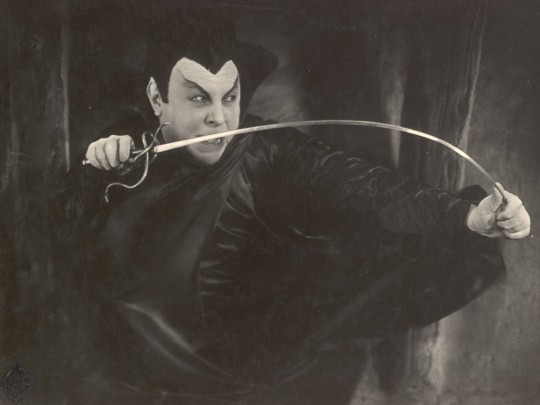
16 notes
·
View notes
Photo

242 notes
·
View notes
Photo


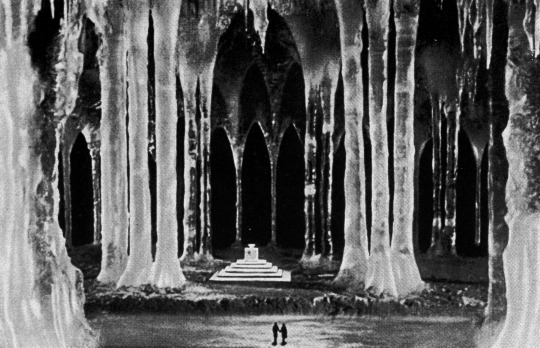
45 notes
·
View notes
Photo
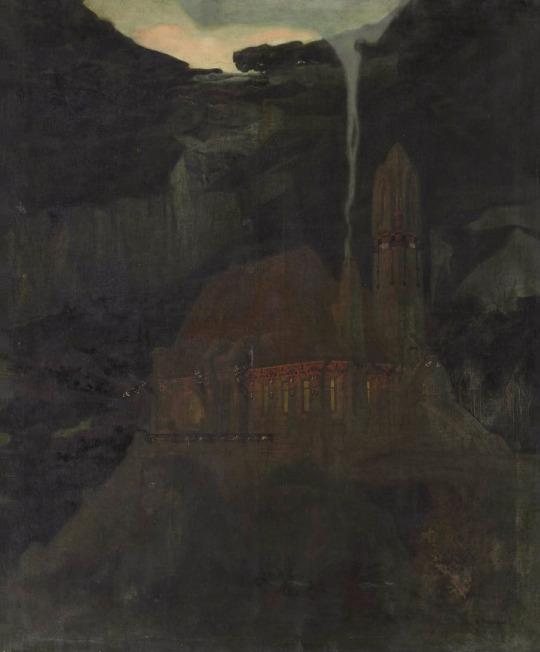
La Maison De Solness Le Constructeur by Henry Provensal (1902)
12 notes
·
View notes
Photo
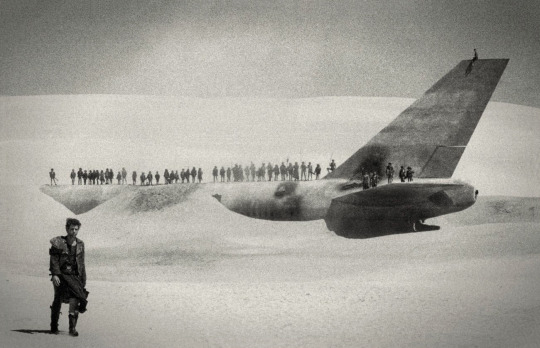
83 notes
·
View notes
Photo

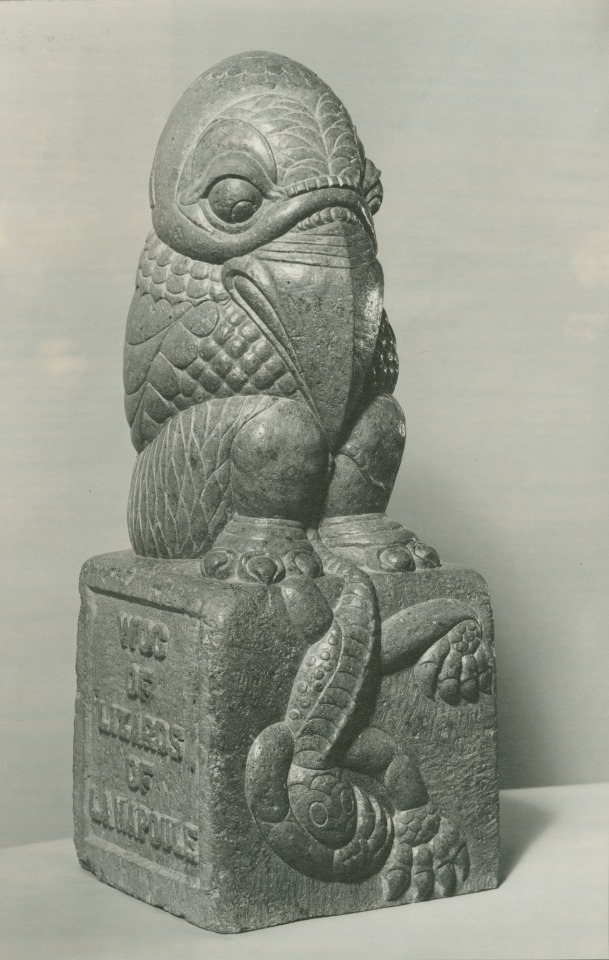



Sculptures by Henry Clews Jr. (1876–1937)
•••
84 notes
·
View notes
Photo
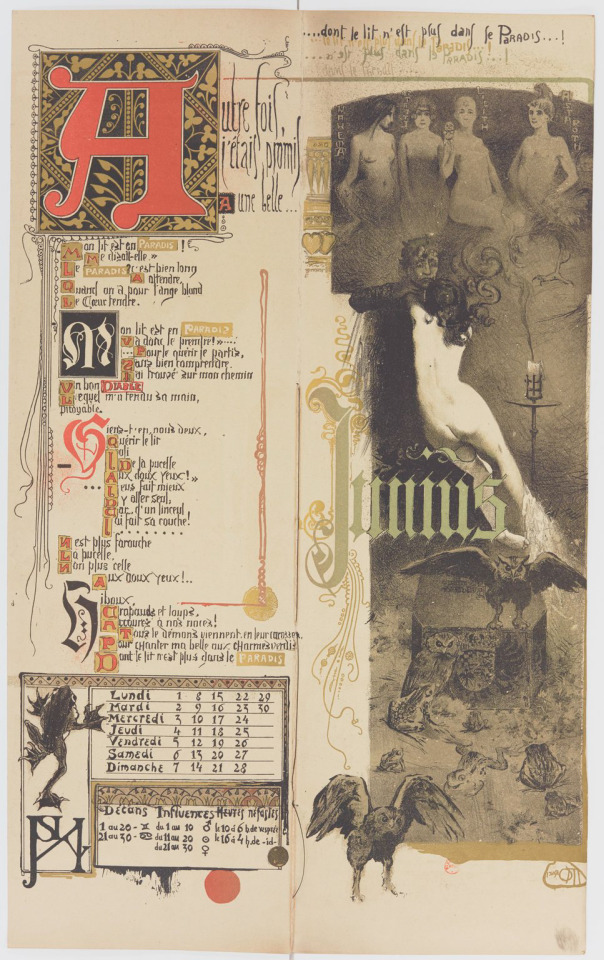


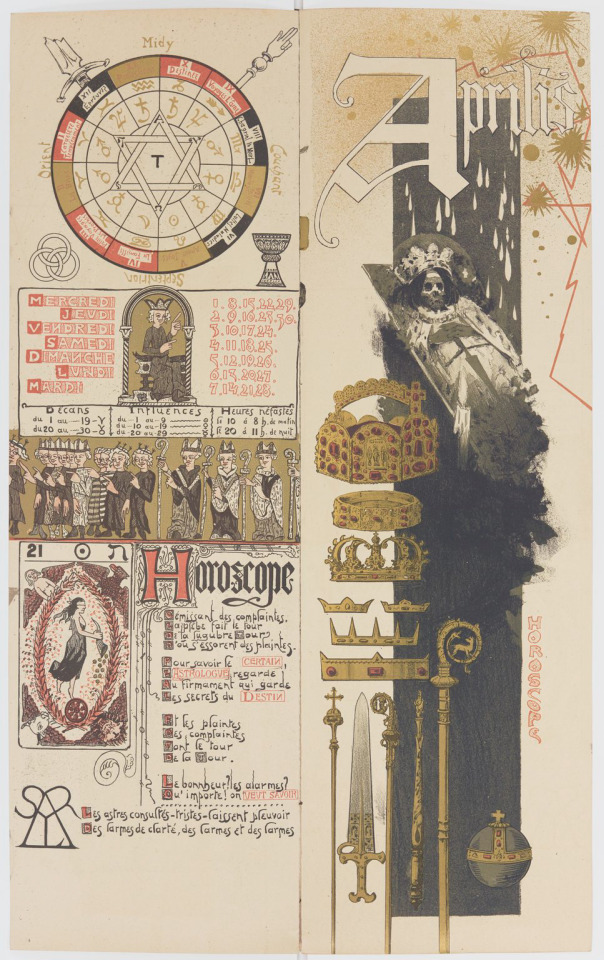






Calendrier Magique by Austin De Croze & Manuel Orazi (1895)
Designed and published in Paris in 1895, the Calendrier Magique was conceived by Austin De Croze and illustrated by the Italian lithographer Manuel Orazi. While the history of these two individuals remains somewhat obscure, even a casual glance at the contents and illustrations of their unusual work shows that De Croze and Orazi possessed a sophisticated familiarity with the Esoteric traditions of the fin de siècle era. Every page of the Calendrier Magique evokes the decadent, occult Paris of Gerard Encausse, Oswald Wirth, and Karl Huysmans. The Art Nouveau illustrations of Orazi are especially evocative. Simon Finch writes that the work "was highly praised by Caillet as 'fort original et d'une rare exécution artistique'; he added that no contemporary artist - save Félicien Rops - had managed 'so felicitously to combine sadism, satanism and the macabre'.
Little appears in De Croze's other published works to betray a fascination with the esoteric, and he remains known today primarily as a writer of books on gourmet French cuisine. But Manuel Orazi supplies some tantalizing hints of leanings toward the occult in several of his other illustrations and paintings. Orazi illustrated books, created posters for plays and operas (including the 1896 Paris premiere of Oscar Wilde's Salome), and even did set and costume design for the the infant film industry. (He worked on the 1921 classic L'Atlantide, directed by Jacques Feyder and starring silent film siren Stacia Napierkowska.)
Something worth noting is the striking similarity of the letterform sigils and the doodle-like figures to the later, more seriously-intended occult art of Austin Spare. Neither Orazi nor the Calendrier Magique receives a mention in Phil Baker’s biography of Spare but a copy of the calendar could have made its way to a London book shop where Spare might have seen it.
The Calendrier Magique was published in a limited print run of 777 copies.
View the full PDF version at Gallica
•••
106 notes
·
View notes
Text

Cover for Thomas Pynchon’s ‘Gravity’s Rainbow’
by John Holmes (Picador Books, 1975)
•••
“Back to Zurich on an afternoon train, sleeping most of the way. He gets off at Schlieren, some ungodly dark hour, just in case They're watching the Bahnhof in town, hitches a ride in as far as the St. Peter-hofstatt. Its great clock hangs over him and empty acres of streets in what he now reads as dumb malignity. It connects to Ivy League quadrangles in his distant youth, clock-towers lit so dim the hour could never be read, and a temptation, never so strong though as now, to surrender to the darkening year, to embrace what he can of real terror to the hour without a name (unless it's… no… NO…): it was vanity, vanity as his Puritan forerunners had known it, bones and heart alert to Nothing, Nothing underneath the college saxophones melding sweetly, white blazers lipsticked about the lapels, smoke from nervous Fatimas, Castile soap vaporizing off of shining hair, and mint kisses, and dewed carnations. It was being come for just before dawn by pranksters younger than he, dragged from bed, blindfolded, Hey Reinhardt, led out into the autumnal cold, shadows and leaves underfoot, and the moment then of doubt, the real possibility that they are something else-that none of it was real before this moment: only elaborate theatre to fool you. But now the screen has gone dark, and there is absolutely no more time left. The agents are here for you at last…
What better place than Zurich to find vanity again? It's Reformation country, Zwingli's town, the man at the end of the encyclopedia, and stone reminders are everywhere. Spies and big business, in their element, move tirelessly among the grave markers. Be assured there are ex-young men, here in this very city, faces Slothrop used to pass in the quads, who got initiated at Harvard into the Puritan Mysteries: who took oaths in dead earnest to respect and to act always in the name of Vanitas, Emptiness, their ruler… who now according to life-plan such-and-such have come here to Switzerland to work for Allen Dulles and his "intelligence" network, which operates these days under the title "Office of Strategic Services." But to initiates OSS is also a secret acronym: as a mantra for times of immediate crisis they have been taught to speak inwardly oss… oss, the late, corrupt, Dark-age Latin word for bone…”
— Thomas Pynchon Gravity's Rainbow (1973)
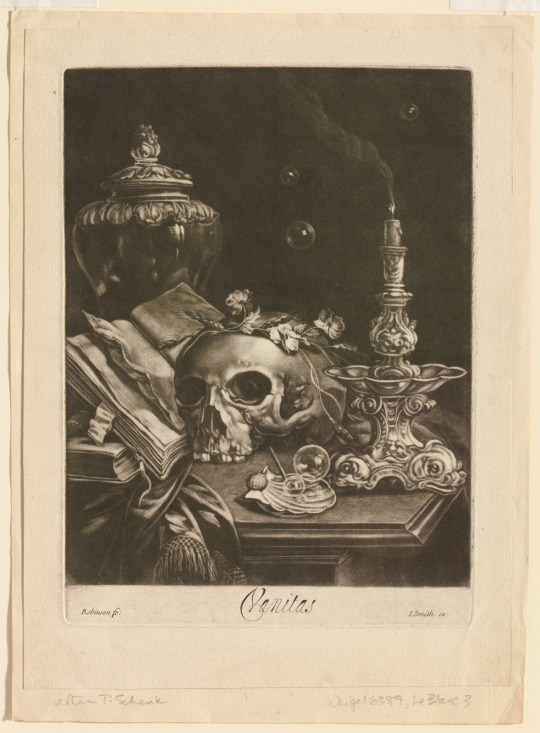
Vanitas by Robert Robinson (1680-1700)
•••
#thomas pynchon#gravity's rainbow#john holmes#allen dulles#office of strategic services#OSS#vanitas#memento mori#robert robinson
23 notes
·
View notes
Text

THE MAN WITHOUT A FACE
Directed by Georges Franju (1975)
“A masked global terrorist battles the police, and the secret order of the Knights Templar, employing the schemes of a mad scientist to create an army of the undead! Aggressively and joyfully escalating the absurdity of the bygone fantastique-crime genre, propelling it into a raucous, garish, at times eerie and atmospheric film that somehow blends high camp, anti-fascism, moody dream reality, and winking postmodern détournement!
THE MAN WITHOUT A FACE (L'homme sans visage) was the last major project of French Surrealist and film genius Georges Franju (Eyes Without a Face), a magnificent and absurd tribute to the silent serials of Louis Feuillade! The full eight parts, made for French television, were edited down into the feature ‘Nuits Rouges’ / ‘Shadowman’ for international release, but are here in their original glory!”
Hit CC for English subs.
Episode 1
Episode 2
Episode 3
Episode 4
Episode 5
Episode 6
Episode 7
Episode 8
✠ ✠ ✠

#the man without a face#der mann ohne gesicht#georges franju#nuits rouges#louis feuillade#l'homme sans visage#shadowman
23 notes
·
View notes
Photo

Poster for ‘Alexander Nevsky’ by Anatoly Belsky (1938)
#anatoly belsky#alexander nevsky#Алекса́ндр Не́вский#sergei eisenstein#Сергей Михайлович Эйзенштейн#nikolay cherkasov#Никола́й Константи́нович Черка́сов
24 notes
·
View notes

